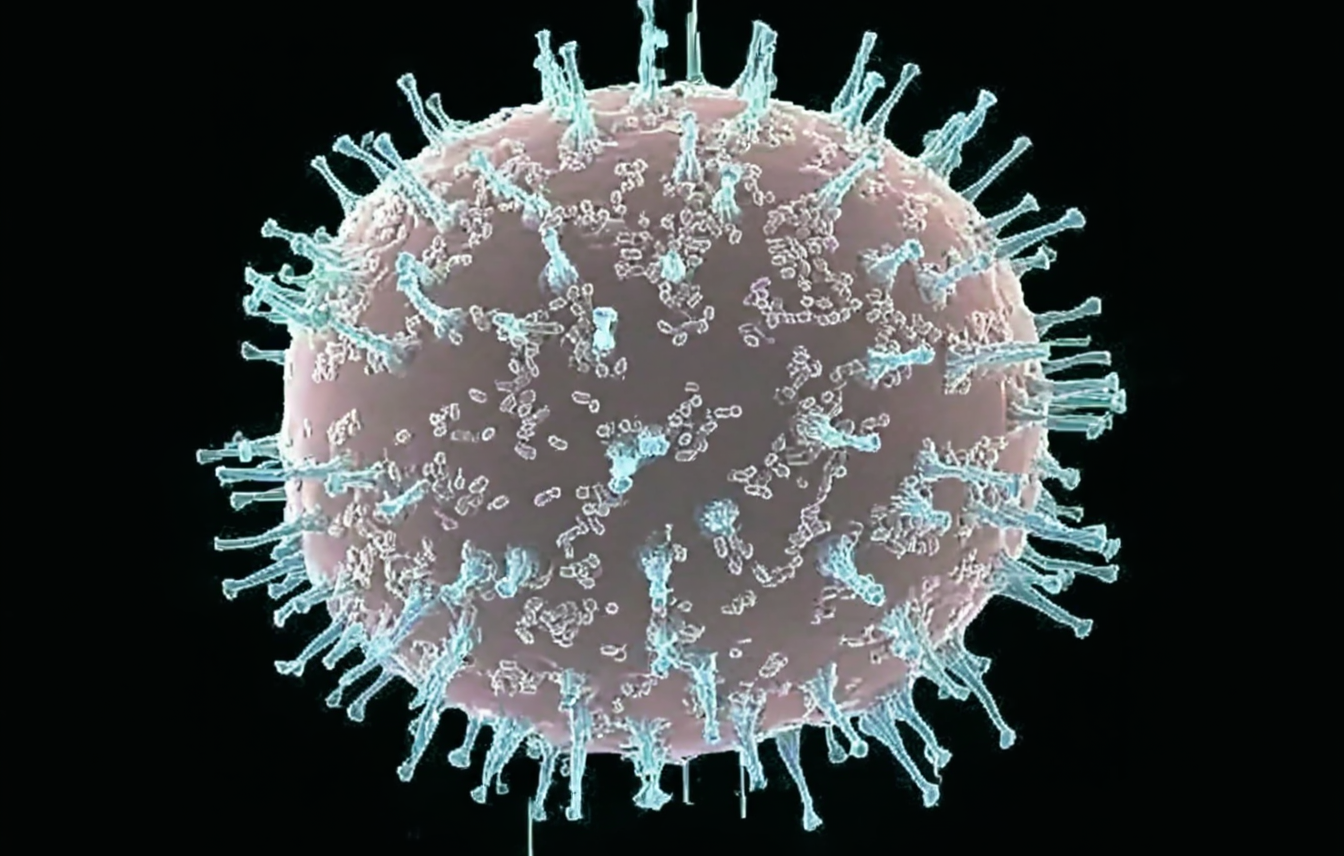
Beyond a Simple Target: The Versatility of RAMOS Cells in B-Cell Signaling and Drug Discovery
Introduction
In the fields of B-cell lymphoma and immunology research, the RAMOS cell line is a classic and widely utilized tool. Derived from a human Burkitt's lymphoma, its most distinguishing feature is that it is Epstein-Barr virus (EBV)-negative. This characteristic makes it a "clean" B-cell model, free from the potential interference of EBV on endogenous cellular signaling pathways. However, the value of RAMOS cells extends far beyond their use as a simple positive control or a target for immunotherapies. It is, in fact, a highly dynamic and functionally diverse research platform that greatly facilitates the deep exploration of complex B-cell biology and the acceleration of drug discovery.
Need a B-cell model free from EBV interference? Our RAMOS cells provide a "clean" background, ideal for studying endogenous BCR signaling pathways. Learn more>>
High-Resolution Studies of B-Cell Activation and Differentiation
RAMOS cells possess a complete and functionally active B-cell receptor (BCR) signaling pathway, with their BCR being of the surface IgM (sIgM) type. This makes them an ideal in vitro model for simulating the activation process that occurs when a B-cell encounters its antigen. Researchers can use anti-IgM antibodies to cross-link the BCRs on the cell surface, precisely mimicking antigen stimulation.
This stimulus rapidly activates a cascade of downstream signaling molecules, such as SYK, BTK, and PLCγ2, ultimately leading to a range of physiological responses including calcium influx and the activation of transcription factors like NF-κB. Because of the EBV-negative background of RAMOS cells, investigators can be confident that all observed signaling events are purely BCR-mediated, without interference from latent EBV proteins such as LMP1.
Furthermore, RAMOS cells can be used to study the key mechanisms of antibody diversification. By adding CD40L and Interleukin-4 (IL-4) to the culture system, RAMOS cells can be induced to express Activation-Induced Deaminase (AID), the critical enzyme that drives both Class Switch Recombination (CSR) and Somatic Hypermutation (SHM). This model therefore provides an invaluable tool for studying the molecular regulation of these complex processes and for screening relevant inhibitors.
A Model for Germinal Center (GC) B-Cells
Burkitt's lymphoma is understood to originate from germinal center (GC) B-cells. Consequently, RAMOS cells retain many key features of GC B-cells, such as high-level expression of the transcription factor BCL6, the master regulator of the GC B-cell fate. This characteristic makes RAMOS cells a powerful surrogate model for studying GC biology.
The germinal center is the primary site where B-cells undergo somatic hypermutation and affinity maturation during an immune response. Dysregulation of these processes is closely linked to the development of various lymphomas. Using RAMOS cells, researchers can investigate the molecular machinery that governs SHM or test the inhibitory effects of drugs targeting key GC molecules like BCL6 on lymphoma cells. Compared to primary GC B-cells, which are difficult to obtain and culture, RAMOS cells offer a stable and reproducible experimental system.
An Efficient Platform for High-Throughput Drug Screening
As a suspension cell line, RAMOS offers significant operational advantages that make it highly suitable for high-throughput screening (HTS). Cells grown in suspension are easy to handle with automated liquid handlers and can be dispensed accurately and uniformly into 96-, 384-, or even 1536-well plates for large-scale compound library screening.
To further enhance screening efficiency, RAMOS cells can be engineered into reporter cell lines. For example, a promoter sequence regulated by a specific transcription factor (e.g., NF-κB or AP-1) can be linked upstream of a luciferase or Green Fluorescent Protein (GFP) gene. Since the BCR signaling pathway activates these transcription factors, researchers can rapidly determine if a drug from a compound library inhibits the pathway by measuring changes in luminescence or fluorescence intensity. This method is sensitive, fast, and cost-effective, greatly accelerating the discovery of novel targeted drugs for B-cell malignancies.
Ensure clarity and precision in your experimental results. Choose our rigorously quality-controlled RAMOS cells for reliable data in your B-cell activation and differentiation studies. Order Now>>
Conclusion
In summary, the RAMOS cell line has long transcended its traditional role as a "standard target cell." With its "clean" EBV-negative background, a fully functional BCR signaling pathway, characteristics similar to those of germinal center B-cells, and its adaptability for high-throughput screening, it stands out as a multifunctional and powerful dynamic model for B-cell biology. Whether used for fundamental signal transduction research or in applied, cutting-edge drug discovery, RAMOS cells continue to provide scientists with invaluable insights and solutions.
References
[1]Pogue, S. L., et al. (2001). The B-cell-specific transcription factor BSAP (PAX5) is critical for expression of the B-cell-specific coactivator OBF-1 (OCA-B, BOB-1). The Journal of Immunology, 167(11), 6356-6364.
[2]Richards, J. D., et al. (2001). B-cell receptor signaling requirement for selection of Ig heavy chain V gene reading frame. Science, 293(5537), 2106-2109.
[3]Shapiro-Shelef, M., & Calame, K. (2005). Regulation of B-cell development by the B-cell-specific transcriptional repressor Blimp-1. Nature Reviews Immunology, 5(3), 230-242.
[4]Mittelstadt, M. L., & DeFranco, A. L. (1993). Induction of early response genes by cross-linking the B-cell antigen receptor requires activation of protein kinase C. The Journal of Immunology, 150(11), 4822-4832.

